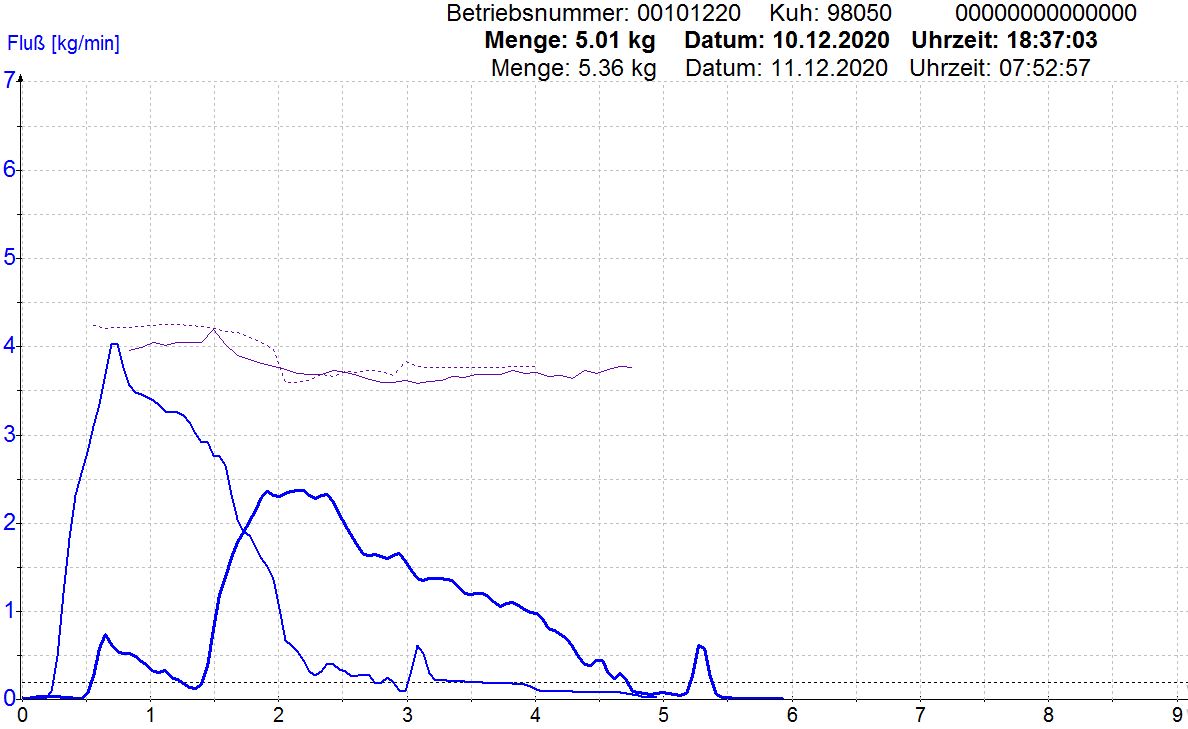Expertise
Machine milking of cows that also suckle their calves
Kerstin Barth
One characteristic of the cow-calf contact system is that cows suckle their calves and are additionally machine milked. However, the machine milk yield is significantly reduced.
For one thing, the calves drink some of the milk, and for another, the cow cannot be stimulated as well during machine milking. The hormone oxytocin, which is necessary for milk secretion, is not released to the same extent as it is when the calf is suckling.
Consequently, milk remains in the udder. This is the particularly high-fat milk that is otherwise obtained toward the end of milking. A reduced fat content of the milked milk is the result.
However, this is only relevant if there are a large number of cows leading their calves in the milked herd. In most cases, the cows at an advanced stage of lactation compensate to some extent for the fat content of the tank milk going to the dairy.
More milk despite calf rearing? Experiment in the milking parlor
We investigated whether we could motivate the cows to release all the milk stored in their udders during milking. To do this, we presented the animals in the milking parlor with cloths with which their calf had previously been intensively rubbed. Normally, a cow checks whether it is her own calf by smelling it before suckling. However, we could not achieve a positive effect: The cows' milk yield did not improve. Other stimulants such as calf calls or intensive hand stimulation also showed no effect on milk yield in the trial by Zipp et al. (2013).
Milk flow curves during machine milking
The chosen system of contact between cow and calf influences milk yield:





![[Translate to English:] Logo des Bundesministerium für Ernährung und Landwirtschaft](/media/allgemein/logos/BMEL_Logo.svg)